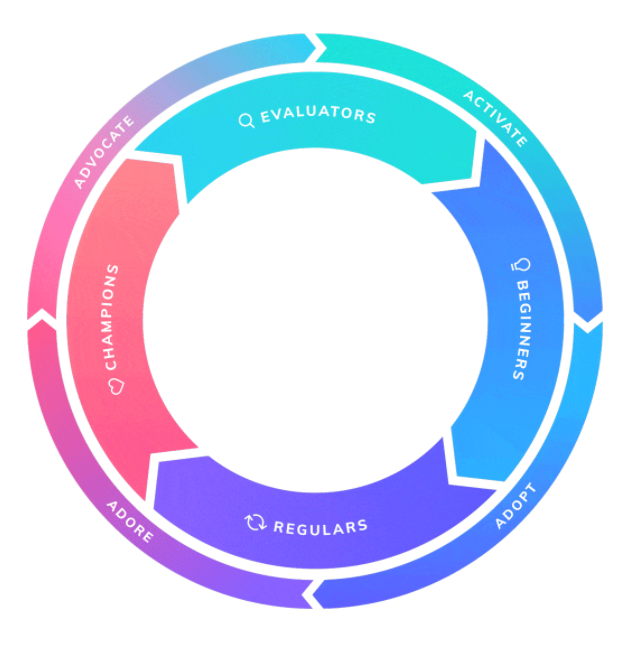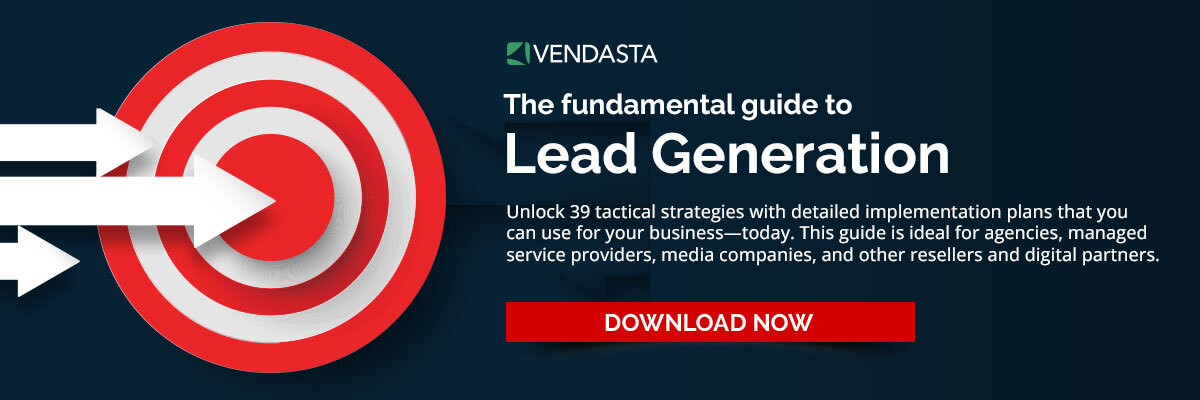Product-Led Growth: The Fundamental Guide to Scaling Your SaaS Business
In the software-as-a-service or SaaS landscape where customers have thousands of alternatives with little to no switchover cost, a product-led growth (PLG) strategy is known to be the most effective way to build success.
“If you’ve used Slack or Dropbox, you’ve witnessed this first-hand. You didn’t read a lengthy whitepaper on the benefits of strong internal communication or cloud-based file sharing. You wanted to see the product in action,” says Wes Bush, the author of Product-Led Growth: How To Build a Product That Sells Itself.
Bush believes it’s time to lead with your product and let people see for themselves. “Product-Led Growth
Here are few characteristics of a typical product-led SaaS company:
- The product itself is a marketing tool
- Offers a freemium model of the product
- No or nominal installation costs
- Laser focus on customer experience
- High number of new acquisitions through referrals
Benefits of Product-Led Growth Strategy
There are several benefits of the PLG strategy for SaaS providers, but below are the Top 4:
- Wider top-of-funnel
Three out of four B2B buyers want to try a product before buying, so a product-led strategy opens up the top of the marketing funnel to more customers. Instead of filling out demo forms and waiting for a sales representative to help them, customers get instant access to products.
2. Lower Cost of Customer Acquisition
A PLG strategy relies heavily on the product itself to acquire and retain customers, and the cost of customer acquisition is lower compared with other paid advertising strategies. It also means you have to ensure the product delivers value continually to retain customers.
3. Faster Sales Cycle
Prospects onboard themselves when they start using the product, which shortens the sales cycle. When users realize a key outcome through the free but limited version of a product, they are likely to convert into paying customers under the assumption that they can gain additional benefits.
4. Better Customer Experience
A PLG strategy is designed to offer value outright with little or no initial cost, so the chances of customers being dissatisfied are significantly low. Since the product is the sole marketing tool, providers are motivated to continually enhance it in order to improve value and maintain an outstanding user experience.
Pillars of Product-Led Growth Strategy
On the surface level, a PLG strategy seems simple to understand, design and implement, but it may fail if the three pillars of understanding, communicating, and delivering are ignored.
- Understand the value you are offering
This step is arguably the most critical element for any SaaS company. You may have a phenomenal product, but it won’t matter if you don’t consider your customers’ needs. For a successful product-led business, you need to understand:
- What are a customer’s pain points?
- How does your product resolve those issues?
- Will customers respond favorably to your product?
2. Communicate that value to prospects
In a PLG strategy, you need to clearly communicate the pricing. Users should know what is free and how much it costs for the upgrades. Design a user-friendly pricing page, clearly mentioning paid and free features, and how each upgrade can solve customers’ pain points at different levels.
3. Deliver the value you promise
The main reason why most SaaS companies struggle to retain customers is because they tend to over-promise and under-deliver. In fact, this is why buyer behaviour shifted in the first place, who now want to actually use a product before buying it. Therefore, always strive to deliver promised value as soon as the customer starts using the product. This builds trust and customer confidence.
Product-Led Growth Flywheel
A PLG strategy upsets the traditional customer journey and so the “pirate” metrics, or categorized/grouped metrics, of awareness, acquisition, activation, revenue, retention, and referral lose relevance. Consequently, SaaS providers are shifting to the PLG flywheel model variations to assess how to acquire and retain customers.
The PLG Flywheel from Product-Led Institute:

The flywheel has four segments and four journeys:
Segments
Evaluators: As the name suggests, evaluators are potential users who are evaluating your product or service to determine if it will solve their problem.
Beginners: Beginners are those who understand that your product will solve their problems and are looking forward to using it. They may or may not be paying customers.
Regulars: These users have integrated the product into their workflow and have no desire to try competing products. They are neither ecstatic nor unhappy about your product.
Champions: These users are your fans, and will refer you to friends, family, and peers.
Journeys
Activate: Evaluators become beginners when they activate the product and start using it.
Adopt: Once the users activate the product, they integrate it into their workflow and are committed to the product.
Adore: In this stage, users love using the product and are constantly looking for ways to get more from it.
Advocate: Once users turn into champions, they become advocates and recommend your product.
Product-Led Metrics To Measure Performance
SaaS providers can use the following metrics to gauge the success of their PLG strategy:
- Time to value: The metric measures the time it takes a user to realize the product value. It can also be measured by the time a user takes to journey from activation to adoption in the flywheel framework. You can reduce the time by improving user onboarding, offering product education, and enhancing integration features.
- Product-qualified leads: Product-qualified leads are users who already know your product and recognize its value. For this, you need to identify the activation event and subsequent customer behaviour when they are ready to move to the next stage.
- Expansion revenue: Also called expansion monthly recurring revenue (MRR), it measures revenue generated from existing customers through upsells, add-ons, and cross-sells.
- Average revenue per user: This metric measures the average revenue a business earns from a user. As it indicates the health of a business, the metric is used to compare the performance of SaaS companies.
- Net revenue churn: Often calculated as a percentage, this indicates the amount of money lost after accounting for new, expansion, or reactivated revenue — providing a holistic view of your business health.
- Customer lifetime value: It estimates the amount of revenue you will earn from a single customer over the lifetime of their account. It helps you to understand what customers are worth right now to your business and how valuable they will be over time.
- Customer satisfaction score: Since users are at the center of the PLG strategy, customer satisfaction matters a lot. Conduct in-app surveys at regular intervals, interview current users to know the features they like or dislike, and use this feedback for product development.
Wrapping up
Businesses stand a better chance of growing in this competitive, user-centric era when the product itself is used as a marketing tool to attract and retain customers. However, before you design and implement your PLG strategy, understand the value you offer, clearly communicate it to users, and consistently deliver on your promises.
Discover how you can further leverage PLG and other marketing tactics to scale your SaaS business by downloading The Fundamental Guide to Lead Generation today.



